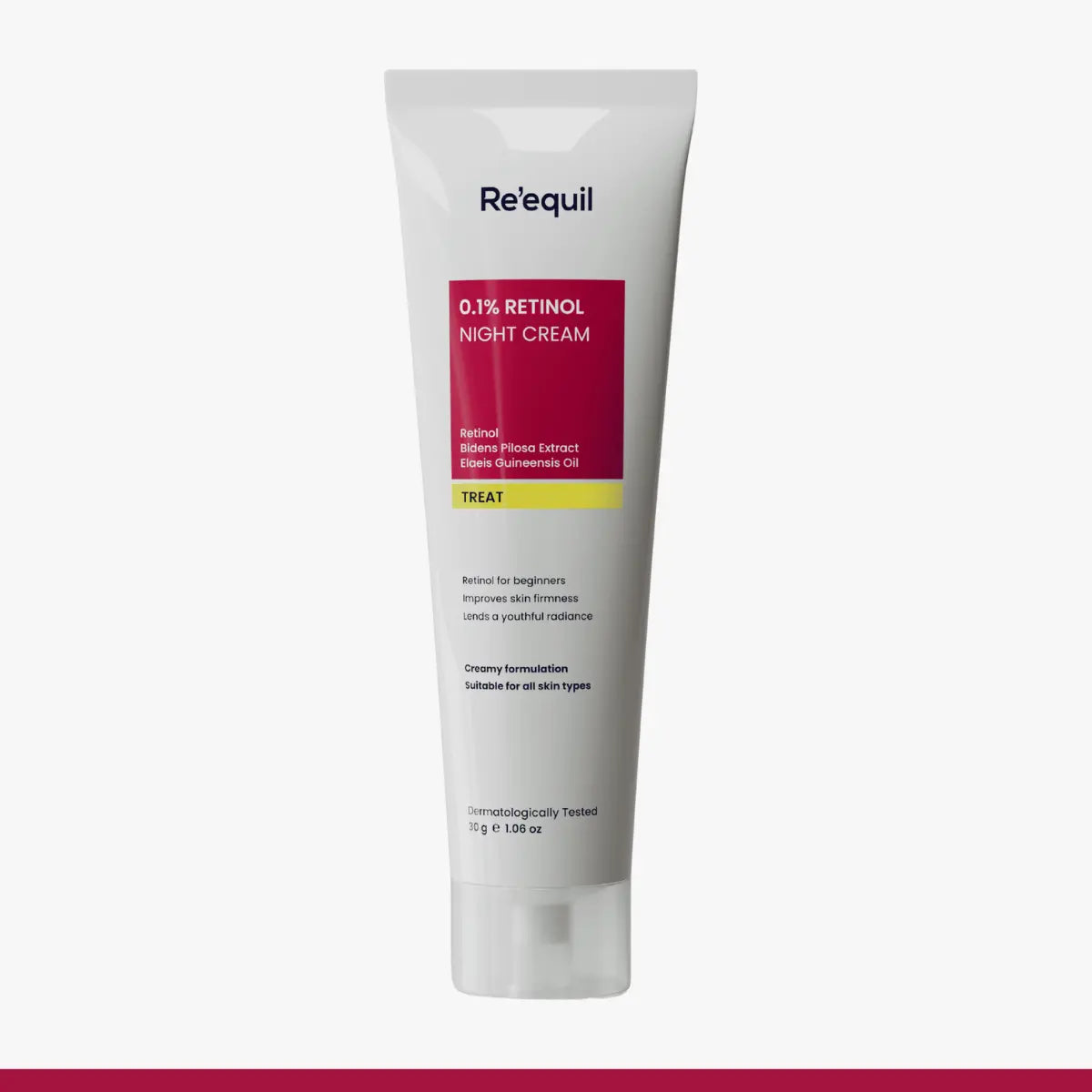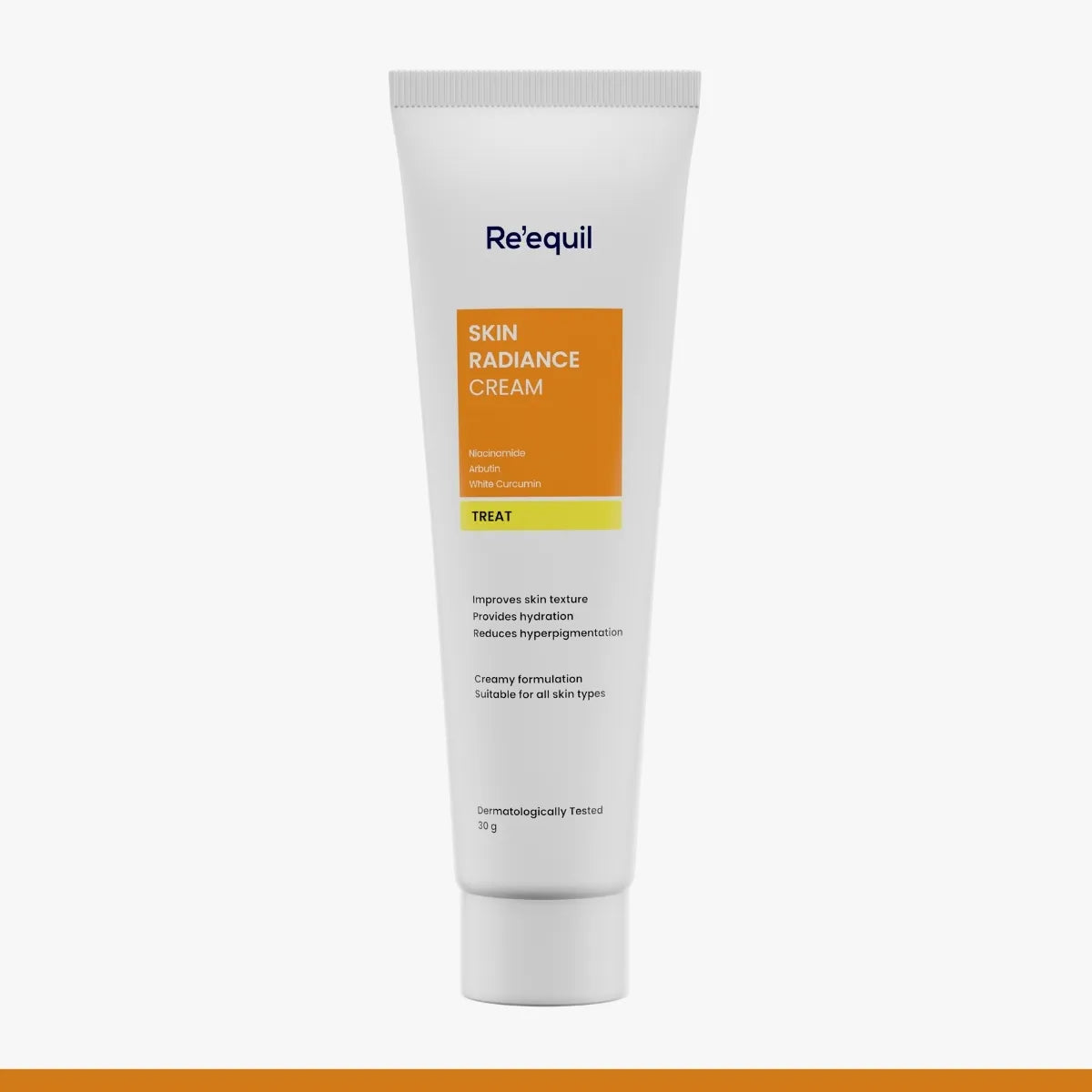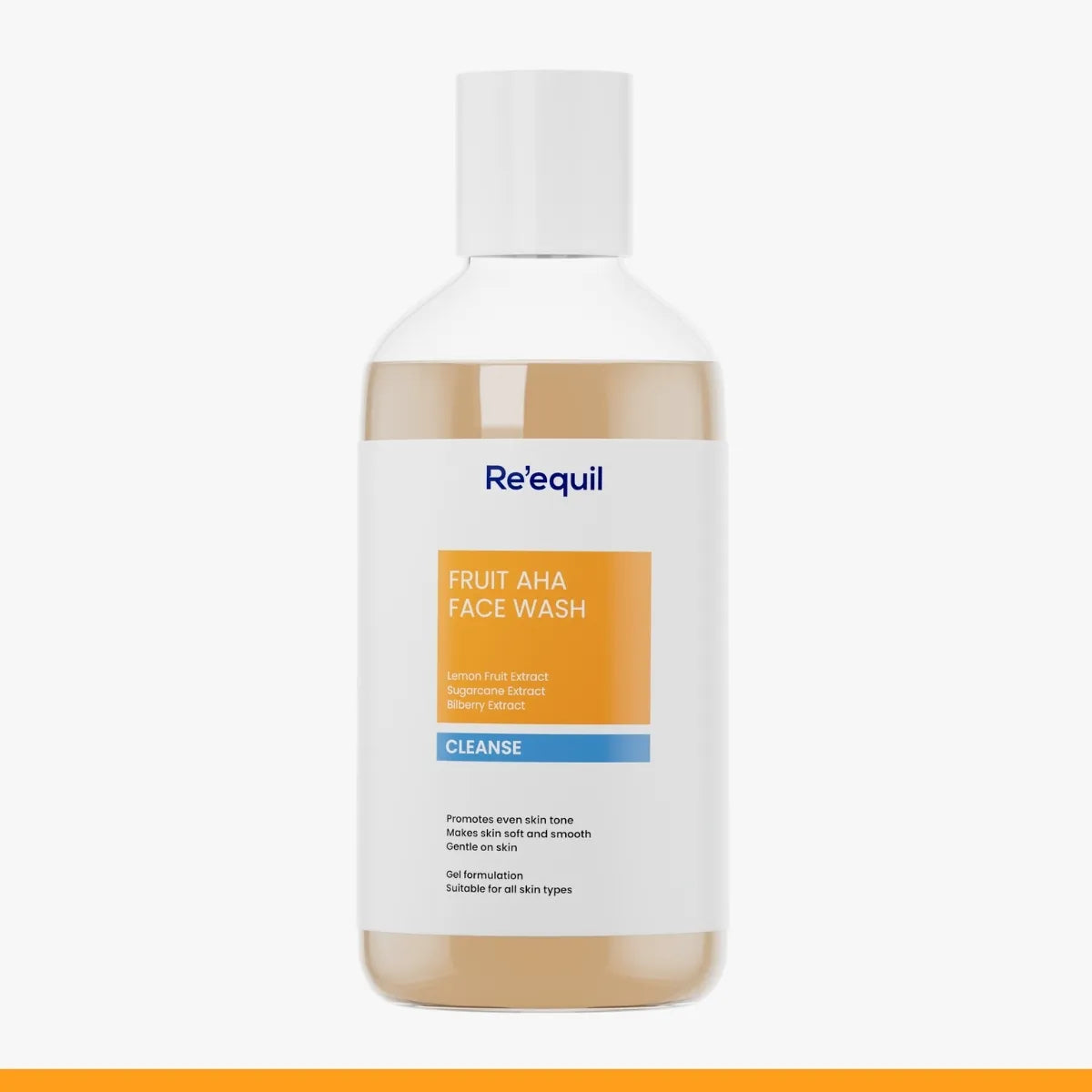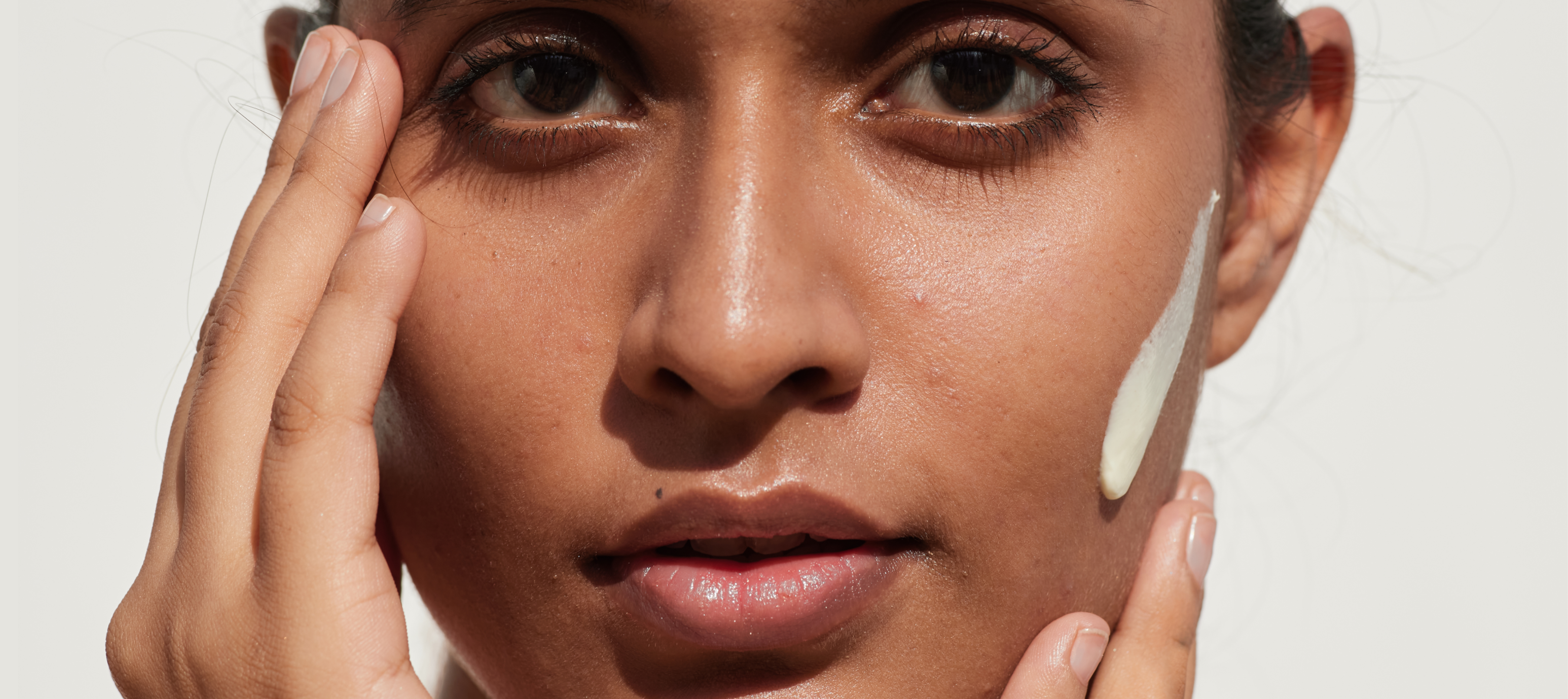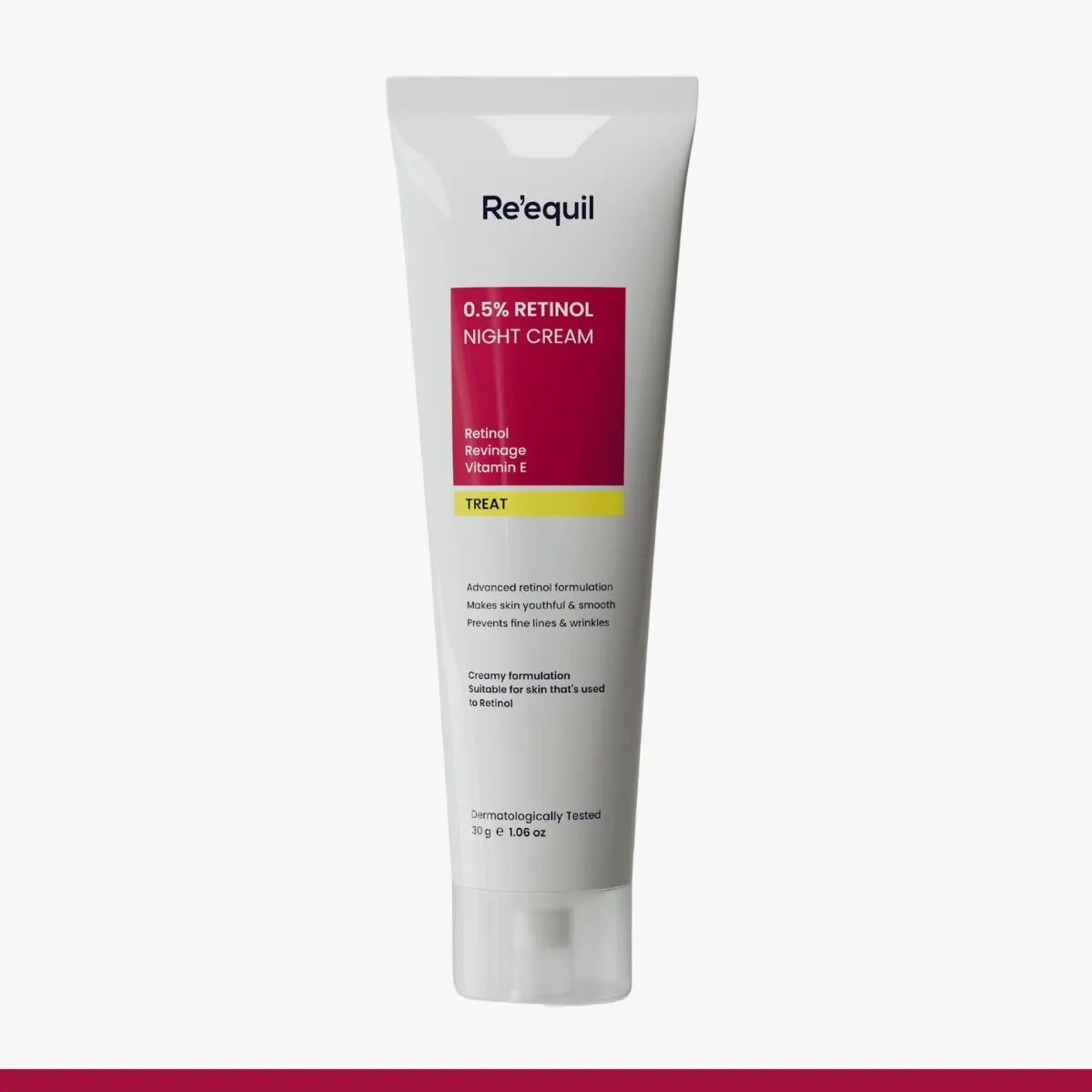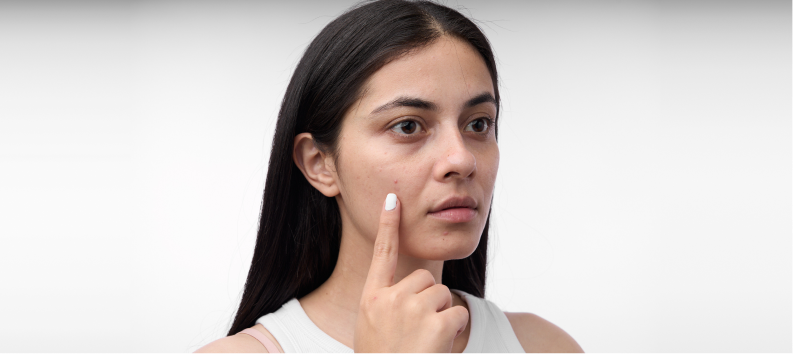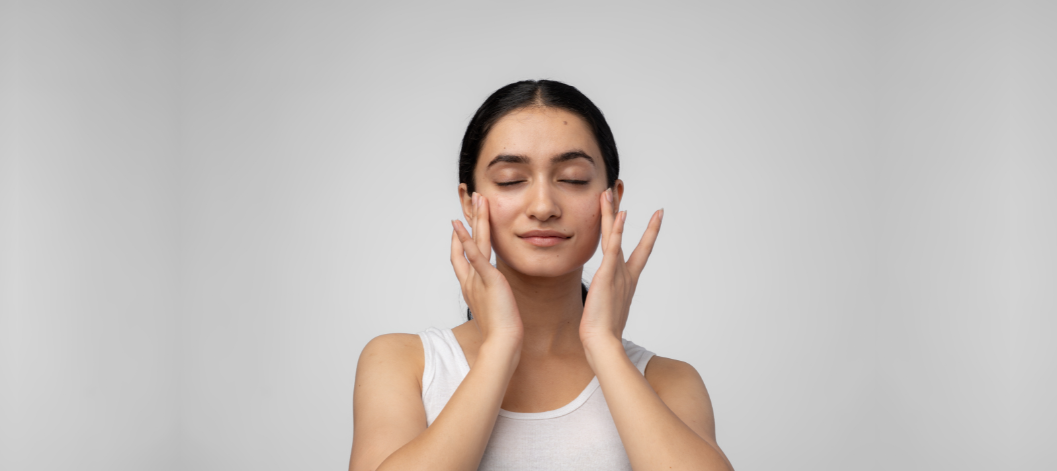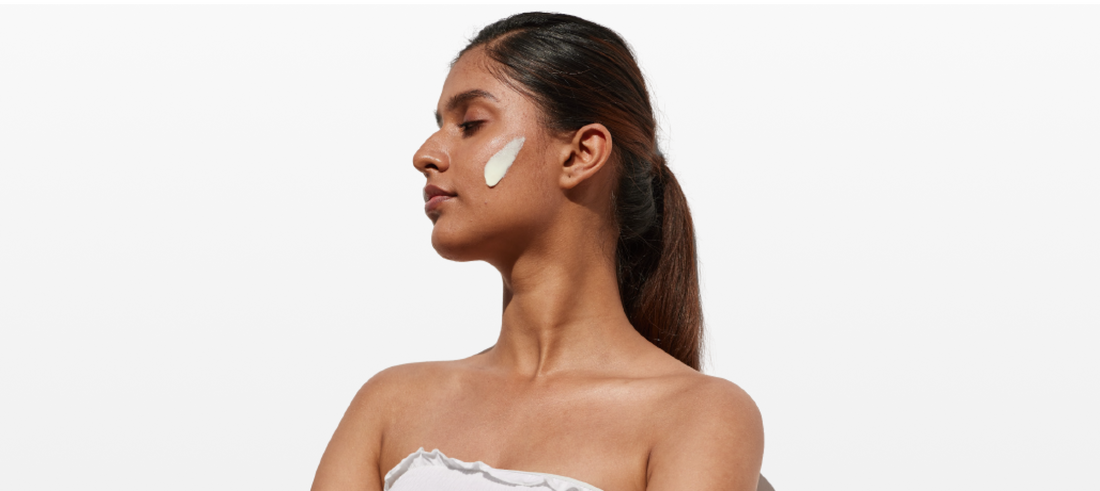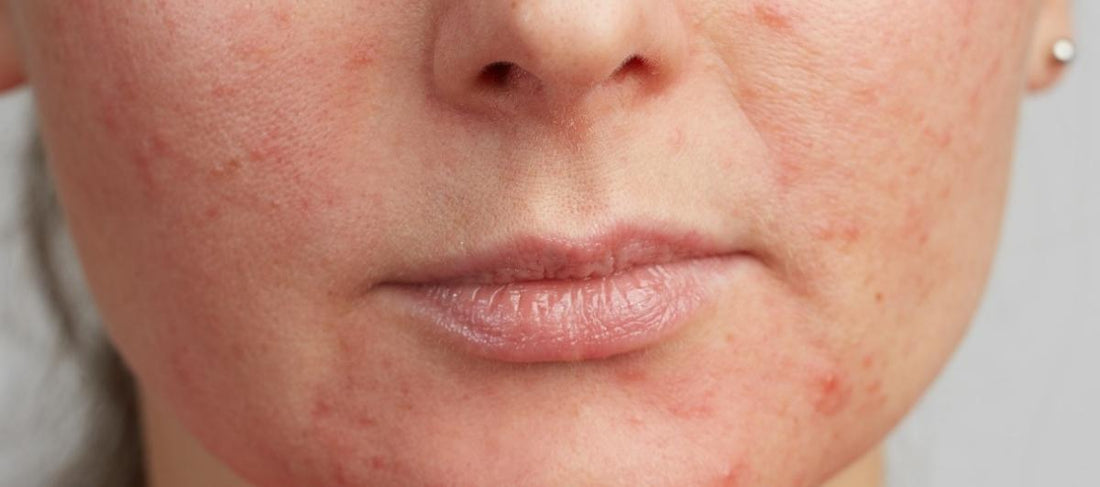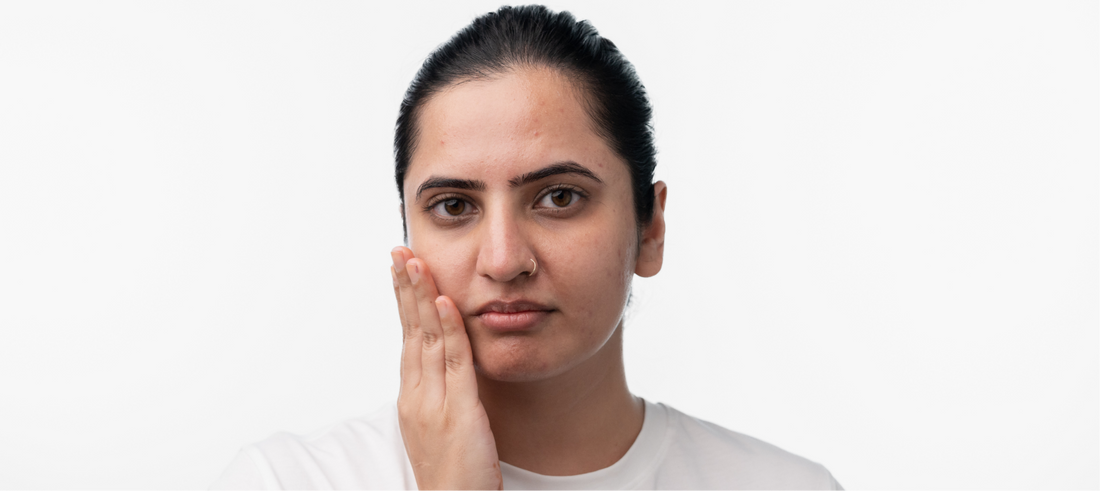Have you ever struggled with adjusting the volume on your music system?
It’s a tricky balance – set it too low, and the bass fades away; turn it up too high, and your ears start to complain.
Consider Retinol concentrations in the same light. Utilizing too low percentages may not effectively address your skin concerns while jumping to higher concentrations can pose risks.
Striking the right balance is key. But how can you achieve this equilibrium?
In this post, I'll break down the ideal Retinol percentage for your skin type, ensuring you can enjoy its benefits in both the short and long term.
But before we start, let’s discuss Retinol briefly.
What is Retinol?
Retinol, a derivative of vitamin A, emerged as one of the most effective skincare ingredients due to its proven ability to stimulate collagen production and promote cell turnover. It's often appreciated for its ability to -
- Reduce wrinkles and fine lines
- Treat acne by unclogging pores and reducing inflammation.
- Even skin tone by fading hyperpigmentation and sun damage.
- Improve skin texture by exfoliating dead skin cells.
Why do people experience purging or irritation after using Retinol?
The answer is simple: Retinol accelerates your skin cell turnover, causing old skin cells to shed and making way for new ones. During this process, common side effects of Retinol, such as purging or acne breakouts, may occur as existing acne lesions beneath your skin come to the forefront.
It's important to note that these side effects are temporary and last for some time known as the retinization phase, during which your skin adapts to Retinol.
Following are more reasons why you may experience acne or irritation after using Retinol -
- You are using the wrong concentration.
- Your usage is excessive.
- You used Retinol with harsh skincare ingredients (For example, benzoyl peroxide or AHA/BHA acids).
READ - Can Retinol cause skin peeling?
What is the ideal percentage of Retinol for your skin type?
Below I have divided Retinol into three categories; take a look and see which concentration is right for your skin type.
0.1% - Retinol for Beginners
Imagine you add running to your fitness regime and the first session you do is a marathon.
Sounds dreadful, right?
Slow and steady wins the race.
Especially when it comes to a skincare ingredient, you don't want to jump scare your skin.
Begin your retinol journey with 0.1% retinol, the initial step, and observe how your skin reacts. This concentration of retinol reduces fine lines and wrinkles by boosting collagen and cell turnover.
Use a pea-sized amount at nighttime, once or twice a week and gradually increase the dosage.
Note: Use SPF 50 as Retinol makes skin prone to sun damage.
0.3% - Retinol for Intermediate Users
The next step is to evaluate your skin's tolerance while using the lower concentration of Retinol. Once you feel your skin has adopted the 0.1% Retinol and has absorbed all the benefits that come with it, increase the dosage to 0.3%.
You can also consult a dermatologist before increasing the dosage, which will help you assess whether a 0.3% concentration goes well with your skin type.
Generally, individuals with sensitive skin should be more careful before increasing the dosage.
0.5% and beyond - Retinol for Advanced Users
Have you been using Retinol for some time but are still dealing with skin issues for which you started Retinol in the first place?
It's time to move to higher tiers.
Strong Retinol improves the loss of firmness in concerned areas. It increases your cell turnover and changes the DNA of your basal cell in a way that produces repaired cells, aiding in the combat against persistent skin concerns like wrinkles, hyperpigmentation, dark spots, and acne scars.
Note: Only use higher concentrations of Retinol if you've been using it regularly for a long time and your skin has built up tolerance.
When to switch from lower to higher concentrations of Retinol?
Starting a retinol routine can be exciting, as it often leads to noticeable improvements and helps address various skin concerns. Yet, there may come a point when you feel uncertain about your approach. Alternatively, perhaps your skin has acclimated to the current concentration, signaling it's time to ascend the potency ladder.
The question then arises: When is the right time to do so?
Here is a roadmap for your Retinol journey, guiding you on when to adjust and increase the retinol dosage for optimal results.
Stage 1: Use the same concentration for at least 2 to 4 months
Regardless of the concentration you begin with, commit to it for a minimum of two months. This timeframe is optimal for your skin to acclimate to the chemical solution.
Self-check -
- Can you use Retinol every day without any side effects?
If yes, you can try something higher, like 0.3% or more.
Stage 2: Introduce your skin to a higher concentration
Always choose the next best alternative only.
If you were previously using 0.1%, shift to 0.3%, not 0.5%. Use the retinol concentration for at least 2 months, followed by a self-check.
Repeat the same cycle until you think your skin cannot tolerate more concentration.
What types of Retinol concentrations are available over the counter?
Retinol concentrations typically range from 0.1% to 1%, with particularly common choices being 0.1%, 0.3%, 0.5%, and 1%.
You can find Retinol in various forms, from lightweight serums and nourishing creams to targeted solutions combined with Hyaluronic Acid for an extra hydrating boost.
Let’s bust some common myths about Retinol concentrations
Here are some prevalent misconceptions about Retinol concentrations that should not influence your purchasing decisions.
-
Myth 1: Higher concentrations mean better results
While higher concentrations of retinol may promise enhanced results, individuals who abruptly switch to them risk experiencing skin irritation and other potential side effects.
-
Myth 2: Upgrading concentrations rapidly is beneficial
The biggest mistake you will make on your Retinol journey will be changing concentrations rapidly. Give your skin at least 2 to 4 months before increasing the concentration. In the meantime, keep an eye out for any side effects.
-
Myth 3: Higher concentrations cause sun damage
Many think Retinol or its higher concentrations should not be used in summer. But it’s not true. Retinol can be used throughout the year, but make sure you use sunscreen (SPF 50) alongside.
Frequently Asked Questions
1. Is 1% Retinol too strong for beginners?
1% Retinol is considered strong for beginners. Dermatologists suggest that beginners should start with lower concentrations to acclimatize skin and identify any side effects.
2. What percentage of Retinol is most effective?
There is no relation between effectiveness and retinol percentage. It all depends on your skin type, concerns, and previous usage of Retinol. For example, for beginners, lower concentrations like 0.1% would be most effective. On the flip side, for someone who has been using Retinol for years—higher concentrations like 0.5% or beyond are effective.
3. Can I use Retinol 0.5% every day?
Yes, but only once your skin has built enough tolerance. An ideal way to begin would be by applying Retinol once or twice a week and steadily increasing usage to every day; the whole process should take at least 16 weeks.
4. What percentage of retinol is good for wrinkles?
If you have moderate to advanced signs of ageing, start with 0.3% Retinol and increase to 0.5%. If you are still not getting the desired results, try higher concentrations.
5. What is the beginner-friendly Retinol concentration for those with sensitive skin?
Those with sensitive skin may encounter purging, skin irritation, and redness when using Retinol. To mitigate these effects, it's recommended to start with lower concentrations, such as 0.1%.
